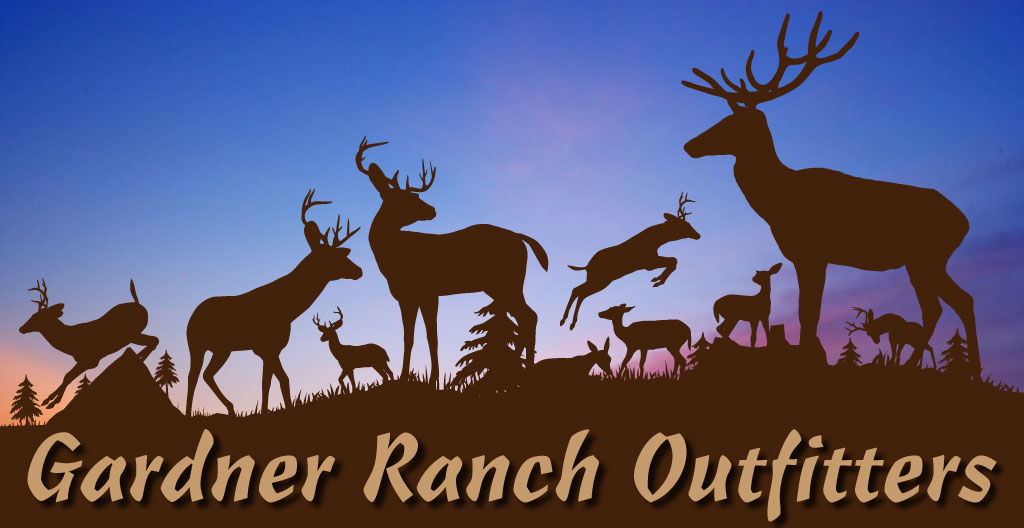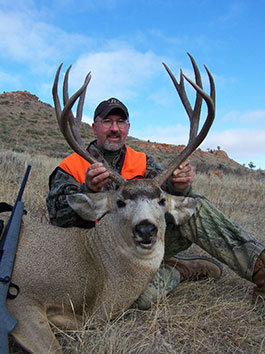
1. When is the best time to hunt?
All of our hunts offer a little something different as far as expected weather, degree of rut you will experience and season availability of different species. Below is a short look at our seasons, and what your expectations might be.
Archery – Archery combo hunts run in September, with our 6 day hunts beginning on Sunday afternoon with an evening hunt and ending on Saturday after a morning hunt. Early in September there will probably be some velvet on the deer horns. This can work to our advantage on the mature mule deer bucks as they will bed in spots where the insects aren’t bothering them as much. For spot and stalk, this can be an advantage for us. The antelope rut begins in early September and peaks mid-month. For decoying antelope, we need at least some degree of rut. Most other archery antelope is in water hold blinds so hot and dry is best. The elk begin rut in September and they generally continue through early October. All archery hunts have some things like these I have pointed out, and all these variables hinge at least partly on the weather. In general, it should be warm to hot early in September and gradually cooling as the fall progresses.
Rifle deer/antelope combo – Our first four hunts are 5-day hunts that begin late in October and run through early November. These hunts are deer hunts with the hunters who apply for and draw the antelope license, combine the hunt with deer and antelope. Our last three hunts are later in November, and are for deer only, as antelope season has ended. Mule deer rut normally starts fairly early in November and peaks around mid-month. Whitetail rut is generally 5-10 days later than the mule deer.
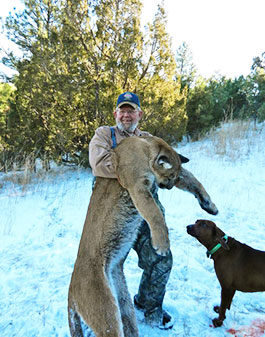
2. What kind of camp do you have?
Our camps are comfortable ranch style camps. Each camp has heated cabins with running water, toilets and showers. The cabins have bunks and you need to bring sleeping bags and personal gear such as towels. You will eat family style meals in the cook-house both morning and night. Your guide will pack a lunch to eat in the field. Camps are easily accessible with rental cars. We have several cabins at the camps and can accommodate single hunters as well as larger groups. Couples will have their own room and we generally don’t have to combine hunters from different groups in the same cabins.
3. How many hunters will be in camp each week?
We can comfortably hold 14 hunters in camp each hunt. We generally try to book 12 per hunt, but if we have 10 booked for the week and have a group of 4 needing to book, we will have 14 that week. Our average week is 12 hunters, although we have had more than 14 on rare occasions.
4. How do I get licensed?
Licensing in Montana is fairly complicated and needs to be done properly and on a timely basis. Deer licenses are guaranteed as long as you hunt with a licensed outfitter that verifies you as a client. This year the deer license was near $1100. The license prices are set by a fish and game formula, and we should know prices by the 1st of January. Application deadline is March 15th. Deer /elk combo licenses are the same, except you can expect to pay more for the tags.
Antelope tags have been $200, and rifle hunters must draw the 700 unit either sex tag with the chances of drawing at about 30%.
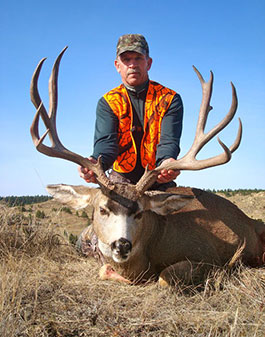
All bow hunters must purchase an archery stamp before hunting. These are available here in Broadus or from the State of Montana. Montana licensing information phone number is (406)444-2950.
NEW LICENSE CHANGES: Antelope archery tags are now on a draw basis; and may or may not be unlimited. Archery elk hunters are now required to draw for an archery elk permit.
We will try to keep all our clients abreast of licensing changes. We have very limited input, and absolutely NO control of cost and availability of Montana hunting licenses. All our clients must have proper licenses for the hunt.
5. What are other costs are involved?
Our hunters are responsible for transportation to camp. People flying will need to rent a car to drive to camp. We skin and cape all the animals, but meat processing and taxidermy is your responsibility. Meals are provided, as is transportation, during the hunt. We have a meat processor in Broadus, and we will take carcasses there for you, but the processing cost is your responsibility. In Broadus, there are currently three taxidermy businesses. Our hunters are encouraged to look at their work and make arrangements with them if they desire.
Tips for the guide and cook are certainly encouraged, although not mandatory. The vast majority of our past clients have shown an appreciation for their hard work and dedication by leaving tips.
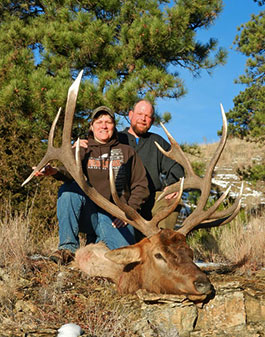
6. What caliber of gun should I bring?
Easy – the one you shoot the best! Most hunters use mid-caliber (.257 to .338) with good scopes. Average shot is around 150-200 yards.
7. What will the weather be like?
Old timers always said only newcomers and fools predict the weather in Montana. Early archery will probably be hot. As the season progresses, we expect cooler to cold weather. Rain or snow is apt to happen at any time, and the wind will probably blow. Come prepared for the worst and hope for the best. We have archery hunted when the daytime high has hit 100 degrees for 2 straight weeks. We have also archery hunted the same two weeks in a different year when we experience freezing nights and rain turning to snow.
Our rifle hunts begin in October, and we expect mid-range temperatures during the days, and freezing nights. As the season progresses, the chance of colder, snowy weather increases. As an example, Thanksgiving at camp has had temperature extremes from 65°F in 1992 to -45°F in 1981.
